- Clone
- 4E5 (See other available formats)
- Regulatory Status
- RUO
- Other Names
- Ly-49D
- Isotype
- Rat IgG2a, κ
- Ave. Rating
- Submit a Review
- Product Citations
- publications
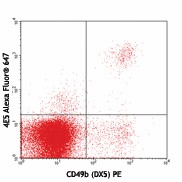
-

C57BL/6 splenocytes stained with CD49b (DX5) PE and 4E5 Alexa Fluor® 647 -

C57BL/6 splenocytes stained with CD49b (DX5) PE and rat IgG2a Alexa Fluor® 647
| Cat # | Size | Price | Quantity Check Availability | Save | ||
|---|---|---|---|---|---|---|
| 138306 | 100 µg | 231€ | ||||
Ly49D is a type II transmembrane protein belonging to the Ly49 family of NK-cell receptors in the C-type lectin superfamily. Ly49D is expressed on subsets of natural killer (NK) cells in C57BL/6, C3H/He and SJL mouse strains, but not Balb/c, DBA/2, AKR and CBA/J. The receptors form homodimers that bind to MHC class I alloantigens. Unlike inhibitory Ly49 family members, Ly49D lacks a cytoplasmic immunoreceptor tyrosine-based inhibitory motif (ITIM) but contains a cytoplasmic immunoreceptor tyrosine-based activation motif. The activating receptor Ly49D delivers stimulatory signals for target cell lysis upon interacting with H2-Dd, Dr and Dsp2, but not with H2b or H2k class I antigens. Cross-linking of Ly49D activates intracellular kinase activity and calcium mobilization in NK cells. In 129/J mice, 4E5 antibody cross-reacts with Ly49O, LY49R and Ly49V.
Product DetailsProduct Details
- Verified Reactivity
- Mouse
- Antibody Type
- Monoclonal
- Host Species
- Rat
- Formulation
- Phosphate-buffered solution, pH 7.2, containing 0.09% sodium azide.
- Preparation
- The antibody was purified by affinity chromatography and conjugated with Alexa Fluor® 647 under optimal conditions.
- Concentration
- 0.5 mg/ml
- Storage & Handling
- The antibody solution should be stored undiluted between 2°C and 8°C, and protected from prolonged exposure to light. Do not freeze.
- Application
-
FC - Quality tested
- Recommended Usage
-
Each lot of this antibody is quality control tested by immunofluorescent staining with flow cytometric analysis. For flow cytometric staining, the suggested use of this reagent is ≤0.25 µg per million cells in 100 µl volume. It is recommended that the reagent be titrated for optimal performance for each application.
* Alexa Fluor® 647 has a maximum emission of 668 nm when it is excited at 633 nm / 635 nm.
Alexa Fluor® and Pacific Blue™ are trademarks of Life Technologies Corporation.
View full statement regarding label licenses - Excitation Laser
-
Red Laser (633 nm)
- Application Notes
-
Additional reported applications (for relevant formats) include: immunoprecipitation1 and blocking2, 3 of CHO cell or Con A-activated lymphoblast killing by NK cells.
-
Application References
(PubMed link indicates BioLegend citation) -
- Mason LH, et al. 1998. J. Immunol. 160:4148. (IP)
- Idris A, et al. 1999. Proc. Natl. Acad. Sci. 96:6330. (FC Block)
- George TC, et al. 1999. J. Immunol. 162:2035. (FC Block)
- Ortaldo JR, et al. 1999. J. Leukoc. Biol. 66:512. (FC)
- Ortaldo JR, et al. 1998. J. Immunol. 160:1158. (FC)
- Product Citations
-
- RRID
-
AB_10574955 (BioLegend Cat. No. 138306)
Antigen Details
- Structure
- A type II transmembrane protein belonging to the Ly49 family of NK-cell receptors in the C-type lectin superfamily.
- Distribution
-
Subsets of natural killer (NK) cells in C57BL/6, C3H/He and SJL, but not Balb/c, DBA/2, AKR and CBA/J.
- Function
- Plays an important role in activating natural killer (NK) cell cytolytic activity.
- Ligand/Receptor
- MHC class I alloantigens
- Cell Type
- NK cells
- Biology Area
- Immunology, Innate Immunity
- Molecular Family
- MHC Antigens
- Antigen References
-
1. Yokoyama WM and Seaman WE. 1993. Annu. Rev. Immunol. 11:613.
2. Takei F, et al. 1997. Immunol. Rev. 155:67.
3. Hanke T, et al. 1999. Immunity 11:67.
4. Mason LH, et al. 1996. J. Exp. Med. 184:2119. - Gene ID
- 16635 View all products for this Gene ID
- UniProt
- View information about Ly49D on UniProt.org
Related Pages & Pathways
Pages
Related FAQs
Other Formats
View All Ly49D Reagents Request Custom Conjugation| Description | Clone | Applications |
|---|---|---|
| Purified anti-mouse Ly49D | 4E5 | FC,IP |
| FITC anti-mouse Ly49D | 4E5 | FC |
| Alexa Fluor® 647 anti-mouse Ly49D | 4E5 | FC |
| PE anti-mouse Ly49D | 4E5 | FC |
| TotalSeq™-A0841 anti-mouse Ly49D | 4E5 | PG |
| TotalSeq™-C0841 anti-mouse Ly49D | 4E5 | PG |
| TotalSeq™-B0841 anti-mouse Ly49D | 4E5 | PG |
Customers Also Purchased
Compare Data Across All Formats
This data display is provided for general comparisons between formats.
Your actual data may vary due to variations in samples, target cells, instruments and their settings, staining conditions, and other factors.
If you need assistance with selecting the best format contact our expert technical support team.
-
Purified anti-mouse Ly49D
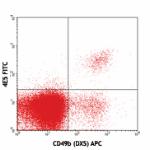
C57BL/6 splenocytes stained with CD49b (DX5) APC and purifie... 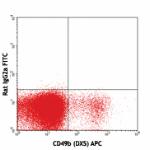
C57BL/6 splenocytes stained with CD49b (DX5) APC and rat IgG... -
FITC anti-mouse Ly49D

C57BL/6 splenocytes stained with CD49b (DX5) APC and 4E5 FIT... 
C57BL/6 splenocytes stained with CD49b (DX5) APC and rat IgG... -
Alexa Fluor® 647 anti-mouse Ly49D
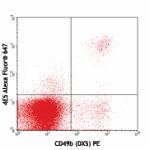
C57BL/6 splenocytes stained with CD49b (DX5) PE and 4E5 Alex... 
C57BL/6 splenocytes stained with CD49b (DX5) PE and rat IgG2... -
PE anti-mouse Ly49D

C57BL/6 splenocytes stained with NK1.1 (PK136) Alexa Fluor&r... 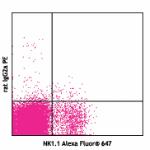
-
TotalSeq™-A0841 anti-mouse Ly49D
-
TotalSeq™-C0841 anti-mouse Ly49D
-
TotalSeq™-B0841 anti-mouse Ly49D
 Login / Register
Login / Register 









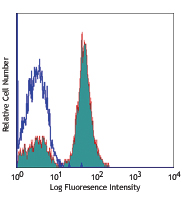
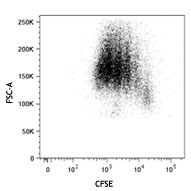
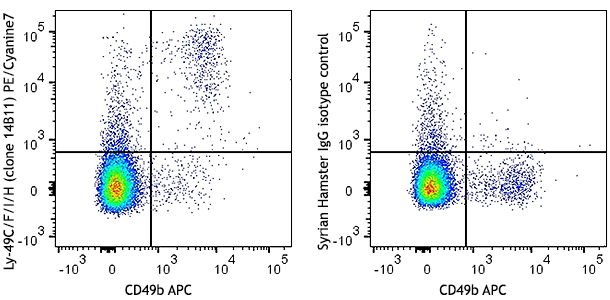
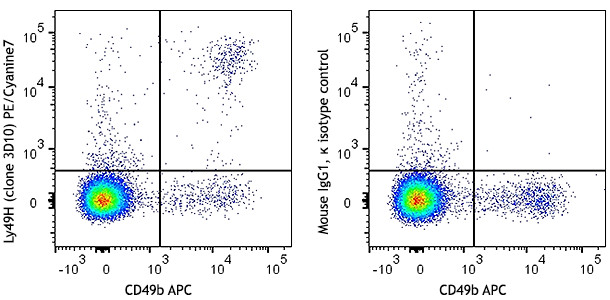



Follow Us